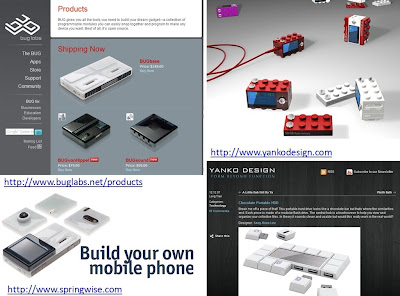When preparing my talk for the BMW research colloquium I realized once more how much potential there is in the automotive domain (if you looks from am CS perspective). My talk was on the interaction of the driver with the car and the environment and I was assessing the potential of the car as a platform for interactive applications (slides in PDF). Thinking of the car as a mobile terminal that offers transportation is quite exciting…
I showed some of our recent project in the automotive domain:
- enhance communication in the car; basically studying the effect of a video link between driver and passenger on the driving performance and on the communication
- handwritten text input; where would you put the input and the output? Input on the steering wheel and visual feedback in the dashboard is a good guess – see [1] for more details.
- How can you make it easier to interrupt tasks while driving – we have some ideas for minimizing the cost of interruptions for the driver on secondary tasks and explored it with a navigation task.
- Multimodal interaction and in particular tactile output are interesting – we looked at how to present navigation information using a set of vibra tactile actuators. We will publish more details on this at Pervasive 2009 in a few weeks.
Towards the end of my talk I invited the audience to speculate with me on future scenarios. The starting point was: Imagine you store all the information that goes over the bus systems in the car permanently and you transmit it wireless over the network to a backend storage. Then image 10% of the users are willing to share this information publicly. That is really opening a whole new world of applications. Thinking this a bit further one question is how will the application store of a car manufacturer look in the future? What can you buy online (e.g. fuel efficiency? More power in the engine? A new layout for your dashboard? …). Seems like an interesting thesis topic.
[1] Kern, D., Schmidt, A., Arnsmann, J., Appelmann, T., Pararasasegaran, N., and Piepiera, B. 2009. Writing to your car: handwritten text input while driving. In Proceedings of the 27th international Conference Extended Abstracts on Human Factors in Computing Systems (Boston, MA, USA, April 04 – 09, 2009). CHI EA ’09. ACM, New York, NY, 4705-4710. DOI= http://doi.acm.org/10.1145/1520340.1520724






